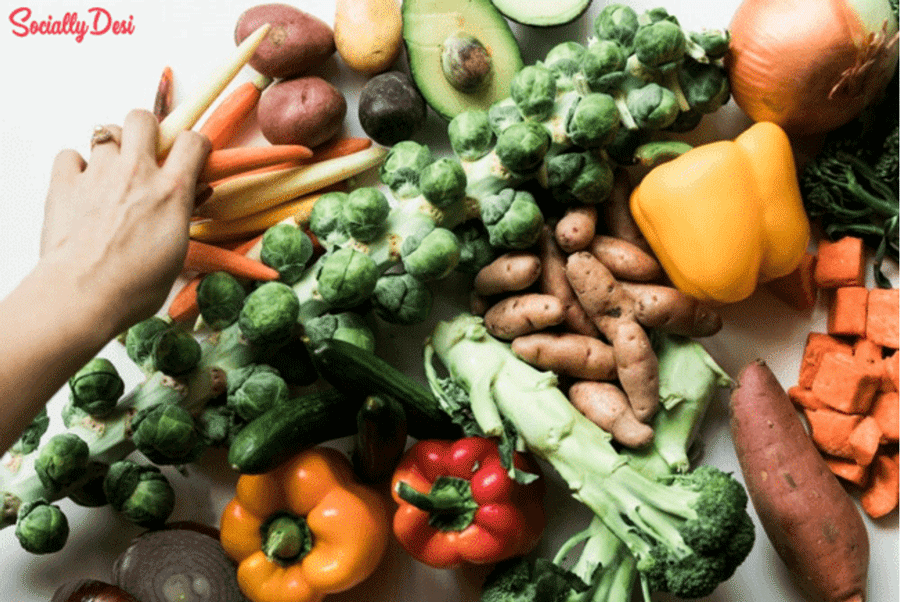If you live in a major city, odds are that your home is more modest than what you might want and you don’t have a front yard or a terrace for your very own kitchen nursery. Fortunately, you needn’t bother with a great deal of room to develop your own spices and veggies. The other uplifting news is that developing your own food can be very remedial. What’s more, you are guaranteed of a graceful synthetic-free, pesticide-free, yummy vegetables en route.
On the off chance that you start right and start little, that day isn’t exceptionally far when you will savor parathas made with your own homegrown methi (fenugreek), or having crisp spring onions in your morning omelette. Here are the fundamental strides to turning into a fruitful little flat kitchen-plant specialist. Growing vegetables in pots for beginners is a simple guide for everyone out there.
Plants you can grow in a small place

- Avocados. All you need to plant an avocado is an avocado pit. It is the seed in the center of the avocado plant
- Herbs. Herbs don’t take up a lot of space, and many have a strong fragrance, which makes them great to plant in your apartment window
- Tomatoes. Tomatoes don’t need a big pot/space as they grow lengthwise
- Garlic/ Ginger
- Mushrooms
- Limes/ Lemons
- Capsicums
- Microgreens
Stage 1: Getting appropriate sunlight

The main element for developing edible plants is daylight. Each plant is a small scale manufacturing plant that changes over sunlight based energy into sustenance for us through its leaves and natural products. Study the daylight in your home. See which room or divider gets the greatest and how it moves from morning till the sunsets. Your kitchen garden needn’t really be in the kitchen. It very well may be out in the little overhang or on a window barbecue or even in the front room. In some cases, the divider remains sunlit for quite a while. In such cases, consider a vertical spice garden.
Recollect that the spot most appropriate for developing veggies is the one that gets daylight for the longest term.
Stage 2: Choose your pots
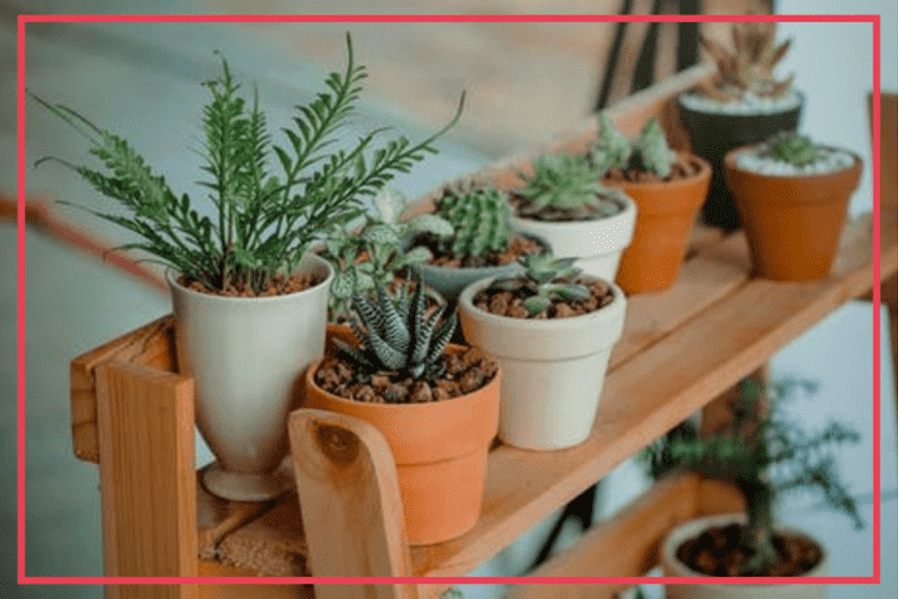
The extraordinary thing about developing vegetables is that it isn’t just about the plants, it is likewise about the moment emphasis that can be implanted to the spot you pick. They can turn into the focal point of consideration and flash numerous discussions. You can develop palatable plants in practically any holder. You could utilize old jugs and tetra packs or you can purchase pretty-looking metallic, earthenware, or wooden pots. Pick according to your advantage and above all according to the space that you have decided to begin your kitchen garden in. You can get pots to mount on dividers or to hang as window boxes.
If you have a patio or a gallery, you can attempt square foot planting in square wooden boxes. Your creative mind will go far in making your nursery fascinating.
Make sure to guarantee that you don’t plant an excessive number of seeds in a single pot. Start with a couple. You’ll be astonished how large a minuscule seed can turn out to be once it begins developing.
Stage 3: Carefully pick what to develop
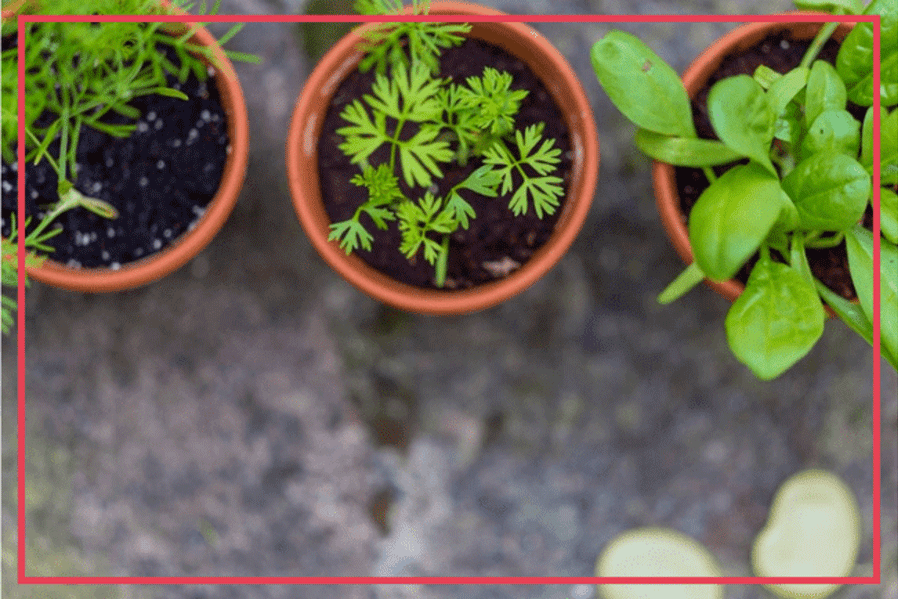
The sun ought to be your guide with regards to picking what you develop. Spices need only 2 to 4 hours of direct daylight and vegetables need at any rate 4 to 6 hours of the great stuff. Remember that combined with your own inclination.
Maybe you’d like a new mint to make your mojitos or Italian basil for your month to month flexibility of new pesto? Or on the other hand maybe beans, ladyfinger, brinjal, and tomato for sambar and a periodic soup? Methi, karela (harsh gourd), curry Patta (murraya koenigii), and chilies are largely simple to develop as well. Lettuce and spinach can give a constant flow of serving of mixed greens. For skincare and restorative purposes, Aloe Vera, tulsi (blessed basil), panfuti (bryophyllum) are extraordinary for kitchen gardens and each house ought to have these plants helpful. Lemongrass and shankhpushpi (morning magnificence) will be incredible for your reviving cups of tea.
Pick what you might want to develop yet adhere to only a couple of things in the first place.
Stage 4: Get the correct soil
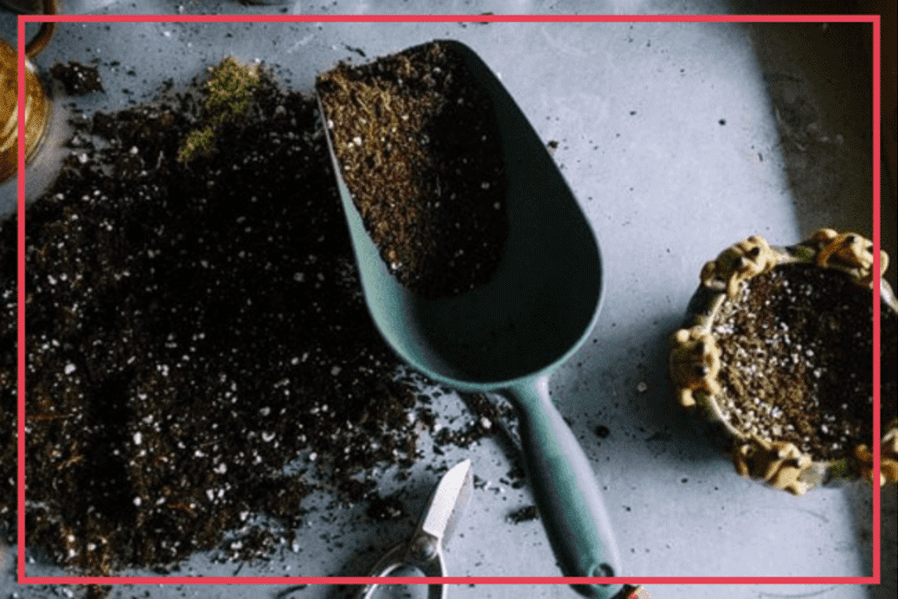
Whenever you have sorted out your bright spots and chooMarvellouslys and plants, at that point approach finding the correct soil. Nowadays, numerous nurseries are selling instant preparing blends which are a combination of soil, manure (natural compost), and cocopeat (coconut husk). You could purchase prepared sacks of that.
Notwithstanding, the most ideal approach to source great soil is to ask a cultivating lover you know in your area. They quite often have safe soil. Ensure the dirt is permitting the water to leak through and not holding it in, as an excessive amount of water can decay the roots. Keep a pack of natural compost helpful – which you can sprinkle in the pot to ‘revive’ the dirt consistently.
Recollect not to overwater your plants. A larger number of plants kick the bucket due to overwatering than in light of some other explanation.
Stage 5: Get seeds and saplings
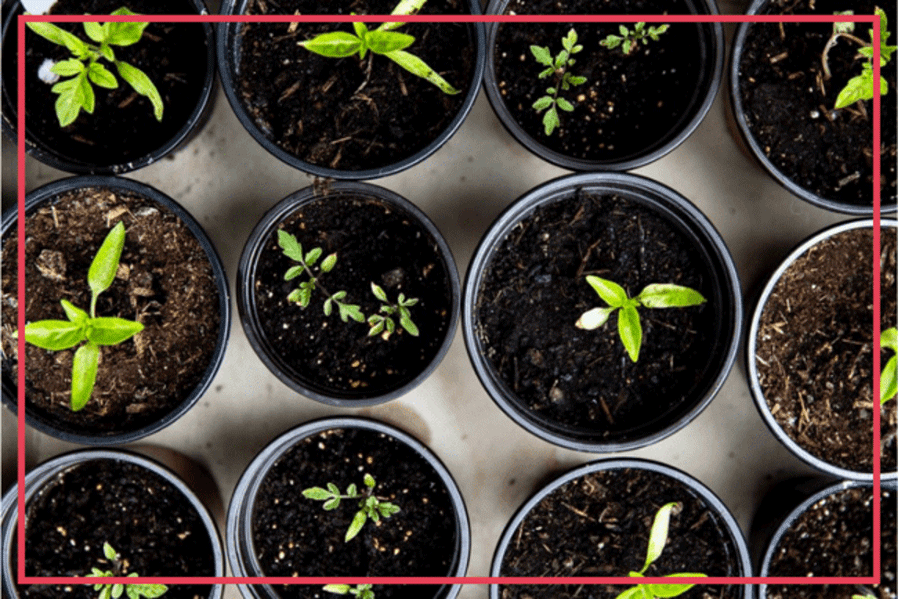
You have picked your spot, arranged your compartments with a preparing blend and now you are prepared to begin developing. The best wellspring of seeds and sapling is again your agreeable area planting fans. It’s not hard to track down them in your structure or your path. Better actually, join the planting bunches on Facebook. They love trading seeds and you can be guaranteed of value too. These gatherings will turn into your emotionally supportive network for everything identified with cultivating.
You could likewise arrange seed packs and saplings from internet cultivating sites. Most city nurseries don’t sell seeds however check with your local providers and you will have the option to locate the correct shops nearest to you.
Stage 6: Watch your food develop
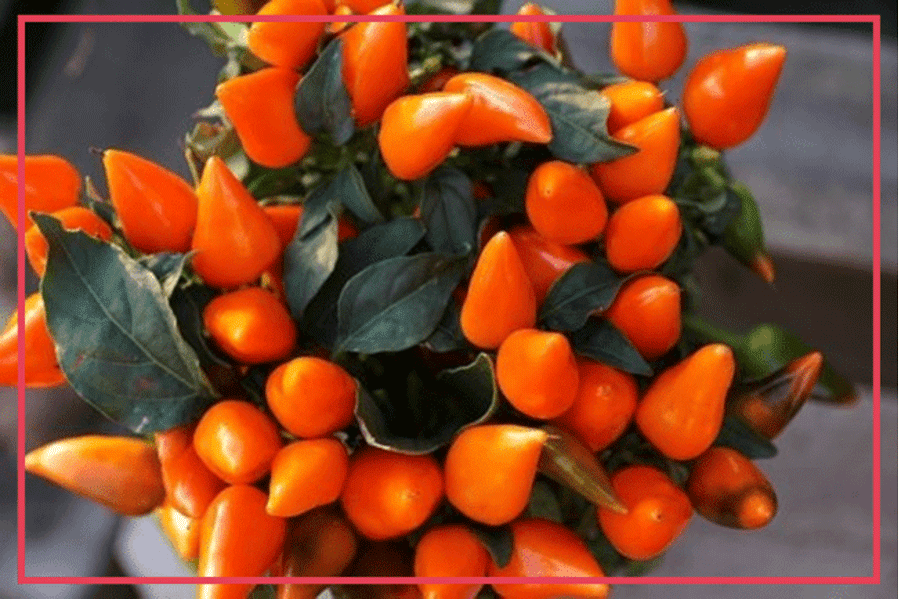
Whenever you have planted the seeds and saplings, take a gander at your plants day by day. Marvelously, they will begin growing and will become little plants one fine day – and before you know it, they will bloom and bear pleasant ready tomatoes or long, sparkling green beans!
Make sure to cooperate with your plant day by day and let the marvels of nature overpower you. Since it’s a little house, odds are that you will experience and see your plants regularly. This is excellent. You will have the option to sort out if the leaves are hanging if the dirt is getting dry because of the absence of water if there’s a creepy-crawly assault or whatever other issues that necessities are tending to. Little houses accompany their own focal points!
On the occasions when you need to leave town, take a neighbor’s assistance to either come and water your plants at regular intervals or think about going out for a couple of days. Offer your local oregano and chilies with them occasionally to improve upon the arrangement.
Stage 7: Enjoy your kitchen nursery and continue learning
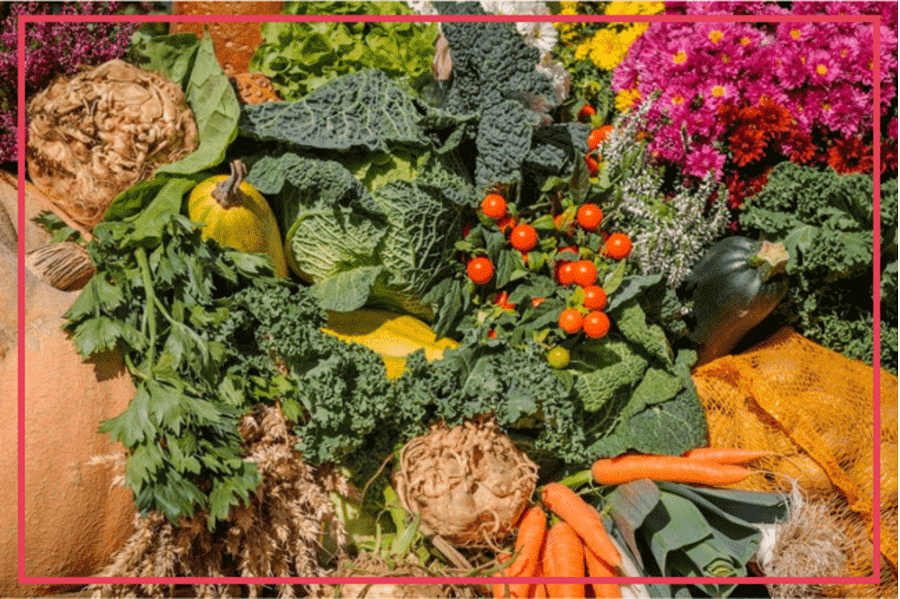
The more you attempt to develop food, the more you will learn. Google is your closest companion, trailed by your neighborhood planting gatherings.
When you begin developing stuff, you will comprehend the marvel of nature that you have been passing up. You will likewise acknowledge how little we think about our everyday food. You may experience another test regular however once your tomato plant begins blooming and proving to be fruitful, you will feel enormous satisfaction.
Conclusion
Furthermore, soon you will end up being the wellspring of seeds and saplings, helping new kitchen plant specialists in your high rise and in your area. You can likewise be somebody who urges others to utilize their little spaces to develop spices and vegetables too. Make sure to have a great time.
We hope you enjoyed this blog on “Growing vegetables in pots for beginners”. We would love to hear your thoughts on this blog.
Please comment below and if you like this blog share it with your friends and family.
Subscribe to our newsletter so you don’t miss any of our blogs – Click here to Subscribe!
Featured image courtesy: Canva
Socially Desi is a blogging website which focuses on Personal Development, Mental Health, Minimalism, Business & Entrepreneurship, Life Hacks and Relationships
